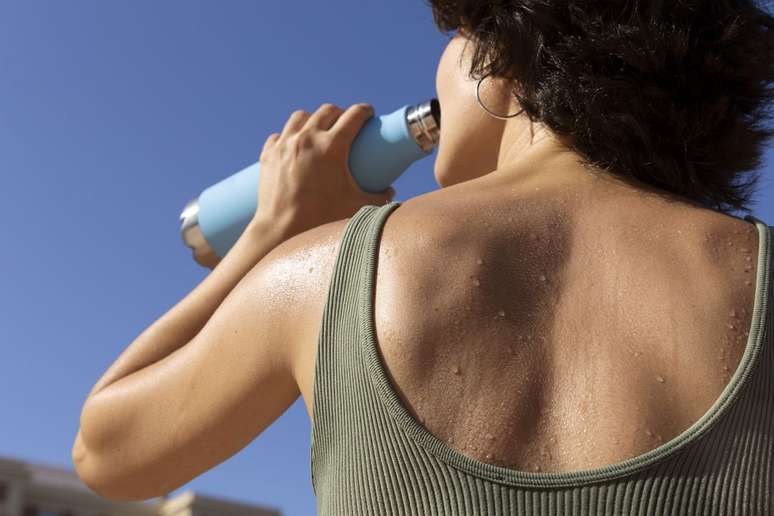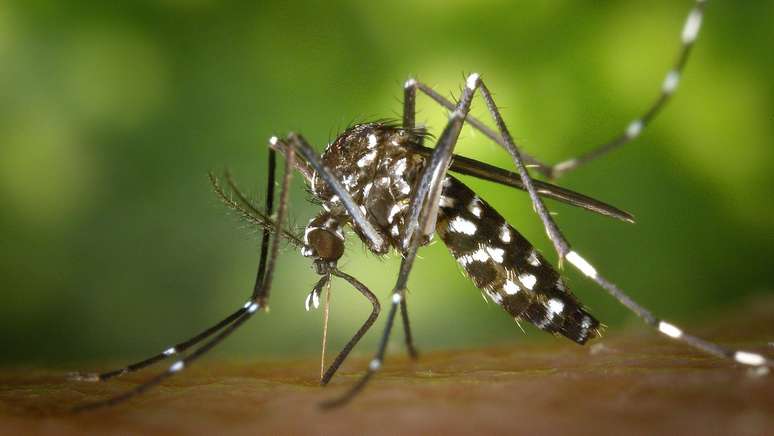After analyzing nearly 10 years of data collected in cities in Minas Gerais, scientists link higher average temperatures with an increase in dengue cases
After analyzing data collected in the cities of Minas Gerais for almost 10 years, researchers from the Federal University of Juiz de Fora (UFJF) have discovered that there is a direct relationship between the minimum temperature in a region and the number of dengue cases . In warmer places, infections are more common.
- Cases of dengue, zika and chikungunya increase with the heat
- How long does the dengue mosquito live? All about Aedes
Cities in Minas Gerais with an average daily minimum temperature of 21.2 ºC had more cases of the disease, transmitted by the dengue mosquito, than colder municipalities. In total, 38 microregions of the state were analyzed.
Previously, Scientists from the Oswaldo Cruz Foundation (Fiocruz) have demonstrated that intense heat and deforestation are responsible, in part, for the explosion of dengue cases in Brazil, as they facilitate the proliferation of the vector, the dengue mosquito.
The hotter, the more dengue
Published in the scientific journal Public health notebooksthe study correlating the intensity of dengue cases with higher minimum temperatures used two main data sources:
- The official number of dengue cases, recorded in DataSUS, in the years 2010 and 2019;
- Climate data measured by the European Center for Medium-Range Weather Forecasts, referring to the same period.
After cross-referencing the data, the scientists found that regions of Minas Gerais with average daily minimum temperatures between 11.6 ºC and 13.7 ºC – which includes moderate and extreme cold – reported fewer cases of dengue fever. 21.2 ºC instead seem to favor the proliferation of the infection.
Why does the cold keep the dengue mosquito away?
According to the researchers, the results demonstrate the fact that the temperature of the location influences the development of larvae and mosquitoes. Aedes Aegizi. It is known that the ideal temperature for the insect varies between 16 ºC and 34 ºC. At temperatures below 8 ºC, the larvae die within a few days.
Fighting the dengue mosquito
“Dengue is a seasonal but cyclical disease [acontece de tanto em tanto tempo mais ou menos no mesmo período]. We know that this will happen at certain times of the year, but it is difficult to know how it will behave from an epidemiological point of view”, explains João Pedro Medeiros Gomes, Ufjf researcher and co-author of the study, for Bori Agency.

If it is not yet possible to control the average temperature of a region, the problem is even more complex the massive release of carbon dioxide resulting from human action –, you can monitor thermometers and use them as an early warning signal.
“By influencing temperatures, climate change may have an impact on the incidence of the disease, but it will not ‘generate’ dengue fever,” recalls the researcher. The spread of mosquitoes also depends on other factors, such as disorganized and intense urbanization or failure to collect waste.
Therefore, when the minimum temperature in a region is higher than normal, authorities could invest in disease awareness campaigns and actions to prevent breeding sites, based on this warning signal. They already exist innovative tactics tested in the country, such as the use of drones, in vector control. This would go a long way in fighting the disease.
Source: Bori Agency
Trends on Canaltech:
- Towards a cure for AIDS, gene editing eliminates HIV from cells
- The 3-body problem | Why does the series have that name?
- Stanley Cup CT scan reveals where the lead is located
- Wonder Woman reignites controversy with her most controversial costume
- The Acolyte | Why do fans already hate the new Star Wars series?
Source: Terra
Rose James is a Gossipify movie and series reviewer known for her in-depth analysis and unique perspective on the latest releases. With a background in film studies, she provides engaging and informative reviews, and keeps readers up to date with industry trends and emerging talents.






